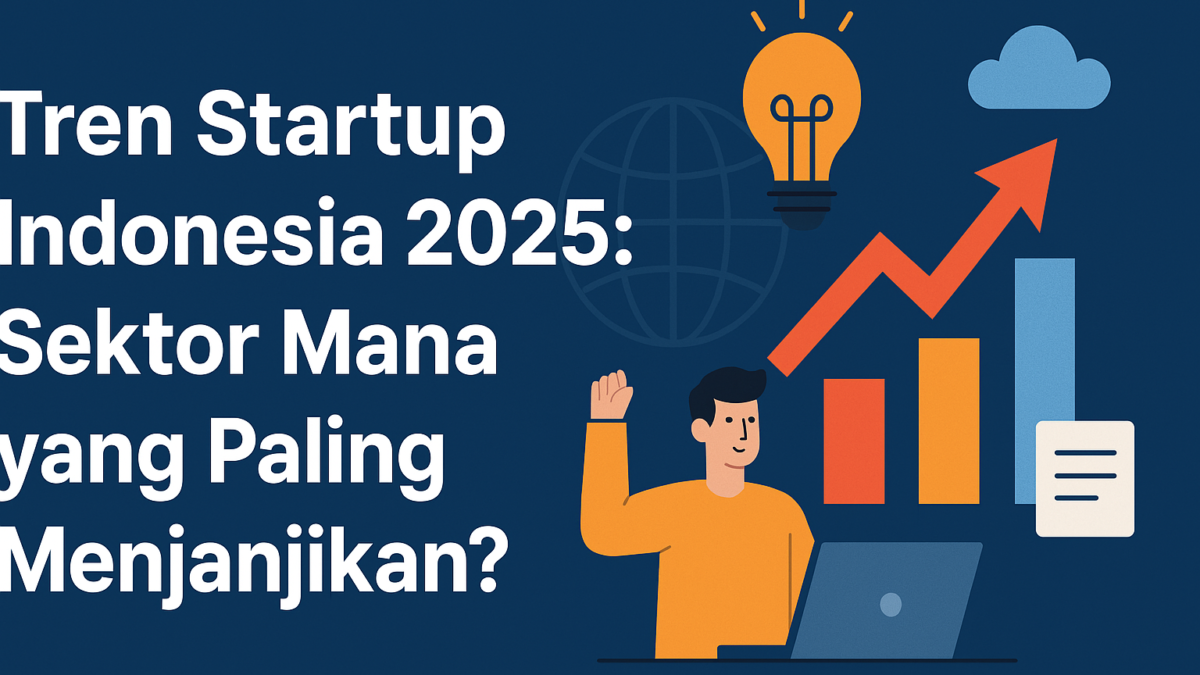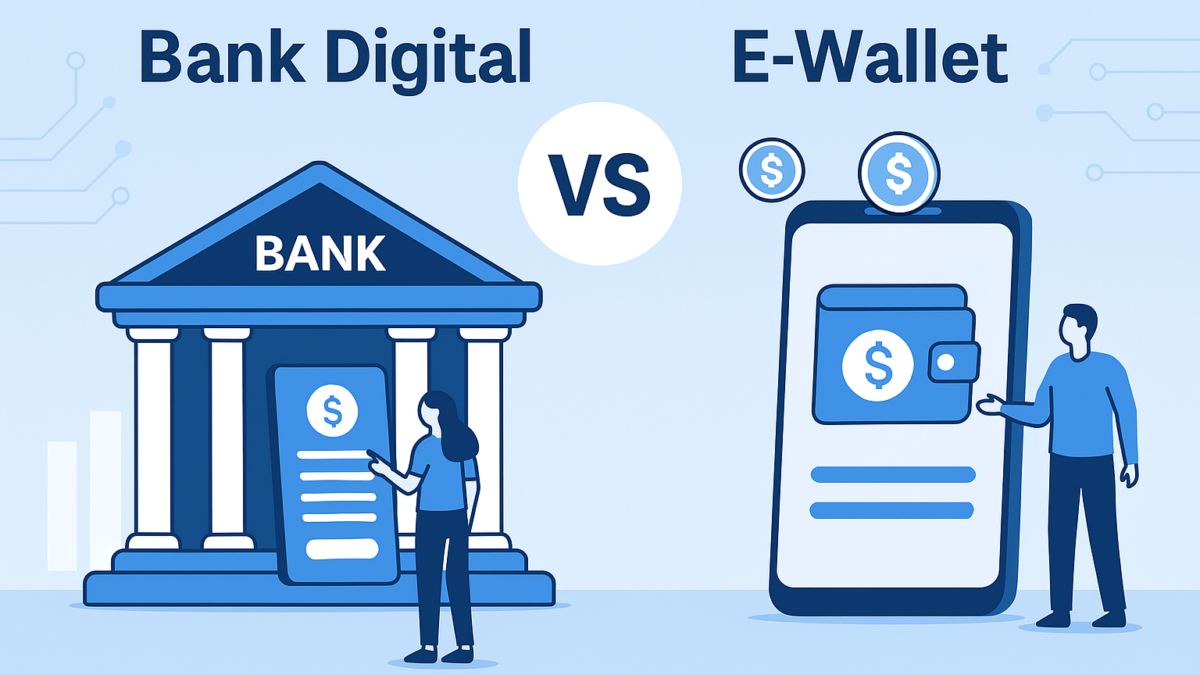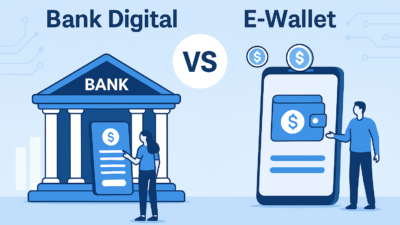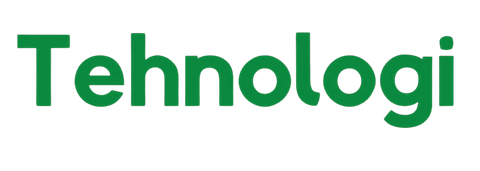
The financial industry is undergoing a seismic shift with the emergence of open banking. This transformative concept is reshaping how we access and use financial services, fostering innovation, competition, and consumer empowerment. But what exactly is open banking, and why does it matter to you?
This article breaks down the fundamentals of open banking, its benefits, and how it’s revolutionizing the financial landscape globally.
What is Open Banking?
Open banking refers to the practice of banks and financial institutions sharing customer financial data with authorized third-party providers (TPPs) through secure application programming interfaces (APIs). With customer consent, these providers can use this data to build innovative financial products and services, ranging from budgeting apps to streamlined payment systems.
How It Works:
- Customer Consent: Customers explicitly grant permission to share their financial data.
- API Integration: Banks and third-party providers exchange data securely via APIs.
- Service Delivery: Third-party apps or platforms use this data to offer tailored services, such as expense tracking, credit analysis, or alternative lending solutions.
Key Regulatory Frameworks:
- PSD2 (Europe): The Second Payment Services Directive mandates open banking practices in the European Union.
- Open Banking Standards (UK): Sets technical and operational standards for implementing open banking.
- Regional Initiatives: Countries like Australia, Singapore, and India are developing their own frameworks to enable open banking.
Why Should You Care About Open Banking?
Open banking is not just a technical evolution—it’s a paradigm shift that puts consumers at the center of financial services. Here’s why it matters:
1. Greater Financial Control
Open banking allows you to consolidate all your financial data from various accounts into a single app or platform. This gives you a holistic view of your finances and helps you make informed decisions.
- Example: Apps like Yolt or Mint aggregate your bank accounts, credit cards, and investments into one dashboard, simplifying financial management.
2. Tailored Financial Products
By analyzing your financial data, third-party providers can offer personalized recommendations and solutions, such as better loan rates or investment opportunities.
- Example: A lender could use your transaction history to offer a customized loan with favorable terms based on your spending patterns.
3. Enhanced Payment Experiences
Open banking enables seamless and faster payment methods, often bypassing traditional card networks.
- Example: With apps like Plaid or Tink, you can make direct bank-to-bank payments for e-commerce purchases without relying on credit cards.
4. Increased Competition and Innovation
By opening up financial data to fintech companies, open banking levels the playing field, encouraging innovation and competition.
- Impact: Traditional banks are motivated to improve their services, while new players bring disruptive ideas to the market.
5. Financial Inclusion
In emerging markets, open banking can extend financial services to underserved populations by leveraging alternative data, such as utility payments, to assess creditworthiness.
- Example: In India, initiatives like Sahamati aim to empower individuals with data portability to access better financial services.
Real-World Applications of Open Banking
1. Budgeting and Expense Management
Apps like Emma, PocketSmith, and YNAB use open banking APIs to track spending, categorize expenses, and help users create budgets.
2. Faster Loan Approvals
Lenders can use open banking data to assess a borrower’s financial health instantly, speeding up loan approval processes.
- Example: Experian Boost uses banking data to improve credit scores by including utility and telecom payments in the assessment.
3. Cross-Border Payments
Open banking facilitates transparent and cost-effective cross-border transactions by connecting banks directly with service providers.
- Example: TransferWise (now Wise) leverages open banking to offer real-time, low-cost currency transfers.
4. Streamlined Account Switching
Switching banks can be tedious, but open banking simplifies the process by transferring account information seamlessly to a new provider.
- Example: In the UK, the Current Account Switch Service leverages open banking to make account switching hassle-free.
Challenges and Concerns
While open banking offers significant benefits, it also comes with challenges that must be addressed for widespread adoption:
1. Data Security and Privacy
Consumers are understandably wary of sharing sensitive financial data with third parties. Ensuring robust security measures is crucial.
- Solution: Strong encryption, multi-factor authentication, and regulatory oversight can mitigate risks.
2. Consumer Awareness
Many people are unaware of what open banking is or how it can benefit them.
- Solution: Financial institutions and fintech companies must invest in education and transparent communication.
3. Standardization Issues
Lack of standardized APIs across regions can hinder seamless implementation and interoperability.
- Solution: Collaborative frameworks like the Open Banking Standard in the UK can serve as models for global harmonization.
4. Regulatory Compliance
Different jurisdictions have varying regulations, complicating cross-border open banking initiatives.
- Solution: Global coordination between regulators and industry stakeholders is necessary.
The Future of Open Banking
The open banking movement is still in its early stages but has immense potential to evolve further. Here are some trends to watch:
- Open Finance: Extending open banking principles beyond bank accounts to include pensions, insurance, and investments, creating a more comprehensive financial ecosystem.
- Embedded Finance: Seamlessly integrating financial services into non-financial platforms, such as e-commerce or ride-hailing apps.
- Artificial Intelligence: Leveraging AI to analyze open banking data and offer predictive insights, such as forecasting cash flow or identifying savings opportunities.
- Global Adoption: As more countries adopt open banking frameworks, the concept will become a global standard, breaking down barriers to financial innovation.
Conclusion
Open banking represents a monumental shift in how we access and use financial services. By enabling secure data sharing and fostering collaboration between banks and fintechs, it empowers consumers with greater control, personalization, and efficiency. While challenges remain, the potential for innovation and financial inclusion makes open banking a game-changer in the financial industry.
For consumers, open banking offers unprecedented opportunities to optimize their financial lives. For businesses, it’s a call to innovate and compete. The question is no longer whether open banking will transform finance—it’s how quickly you’re ready to embrace its potential.















